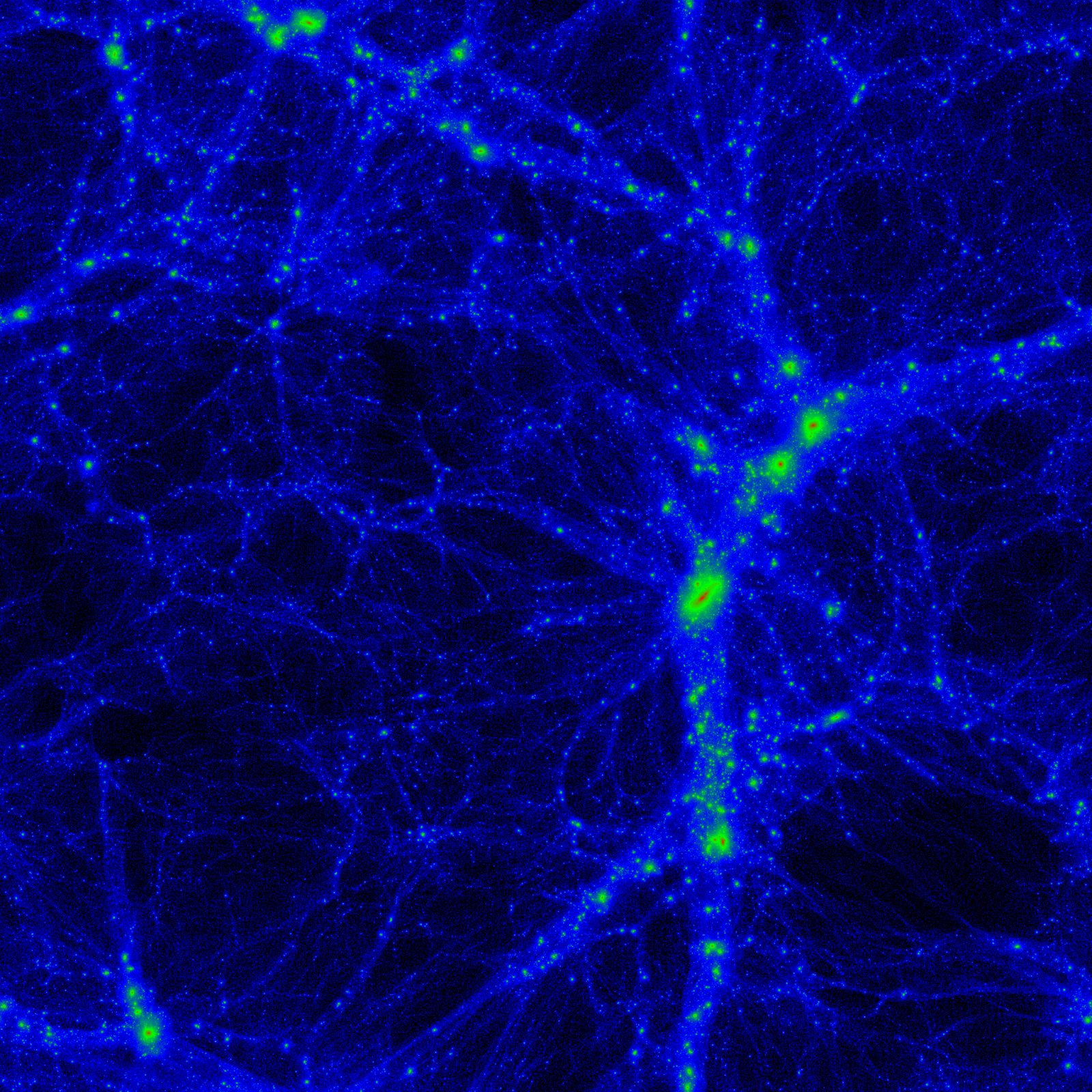
Overview of our Centre of Excellence Concept - DarkMaps
Credit: Chris Power, ICRAR/UWA
What is DarkMaps?
The proposed new Centre of Excellence for Dark Matter, Astronomy and Particle Physics Synergies - DarkMaps - brings together researchers from across Australia’s particle physics, astrophysics, and cosmology communities, together with their international collaborators, and eight universities - led by the University of Sydney, with the Australian National University, Monash University, Swinburne University of Technology, the University of Adelaide, University of Melbourne, University of Queensland, and the University of Western Australia.
Serendipitous gravitational lensing of a high-redshift quiescent galaxy.
Credit: Karl Glazebrook and Tania Barone (ASTRO3D Galaxy Evolution with Lensing survey), NASA Hubble Space Telescope
The European Southern Observatory’s VISTA telescope, the largest survey telescope in the world, that is dedicated to mapping the sky at near-infrared wavelengths. Its primary mirror is 4.1 metres in diameter and is the most highly curved of its size. VISTA can map large areas of the sky quickly and deeply.
Credit: G. Hüdepohl (atacamaphoto.com)/ESO
Our highly-skilled research team has world-leading expertise in measuring and modelling dark matter, using
direct detection of dark matter particles in laboratory experiments here on Earth, as well as indirect detection of dark-matter interactions in our galactic neighbourhood. We will be contributing to large-scale, era-defining global projects such as the Xenon Lux-Zeplin Darwin XLZD experiment, Square Kilometre Array (SKA) and Cherenkov Telescope Array (CTA), whilst also developing Australian-led experiments using novel quantum-powered technologies such as superfluid helium optomechanics, transition edge sensors and micro-pattern gaseous detectors;
tracers of its gravitational influence on shells and streams of stars around nearby galaxies, and its gravitational lensing signatures of distant galaxies using state-of-the-art galaxy surveys with Euclid, the Legacy Survey of Space and Time (LSST), and the James Webb Space Telescope;
probes of its effects on cosmological scales, by tracing the positions and velocities of galaxies in the cosmic web across time with enormous galaxy redshift surveys utilising the Dark Energy Spectroscopic Instrument (DESI) and the 4 metre Multi-Object Spectroscopic Telescope (4MOST), and its subtle signatures in the relic light left over from the Big Bang via Planck; and
sophisticated particle physics models, which predict the small-scale interactions of the dark matter, and supercomputer simulations of cosmological structure formation, which predict how the dark matter shapes the cosmic web and the galaxies within it.
What will DarkMaps do?
Our goal is to answer the fundamental question, What is dark matter?
We will
create the first comprehensive map of the Universe using state-of-the-art survey data;
build the most complete experimental and theoretical end-to-end framework to test dark matter; and
found new data and computation fusion centres, to process data from astronomy and cosmology surveys, and to provide accurate like-for-like predictions from dark matter theories, to significantly enhance research efficiency, consistency, and speed.
A current-generation liquid xenon detector, used for the direct detection of dark matter. This is very similar to what will be used in planned future detectors.
Credit: Matt Kapust, Sanford Underground Research Facility




